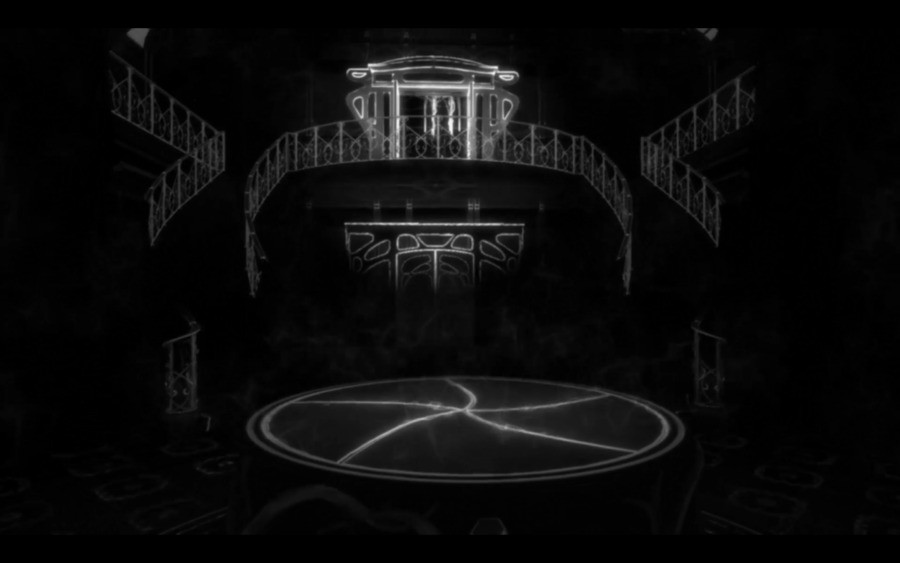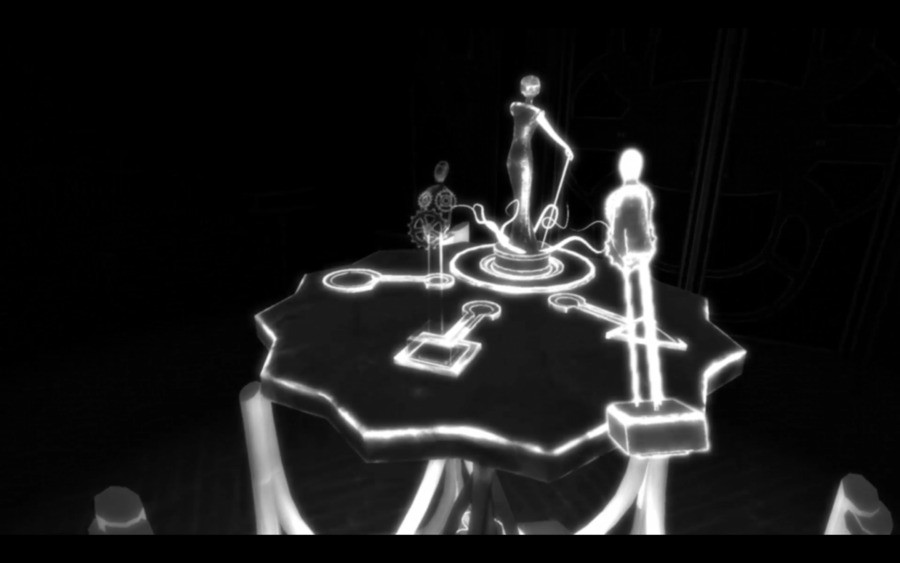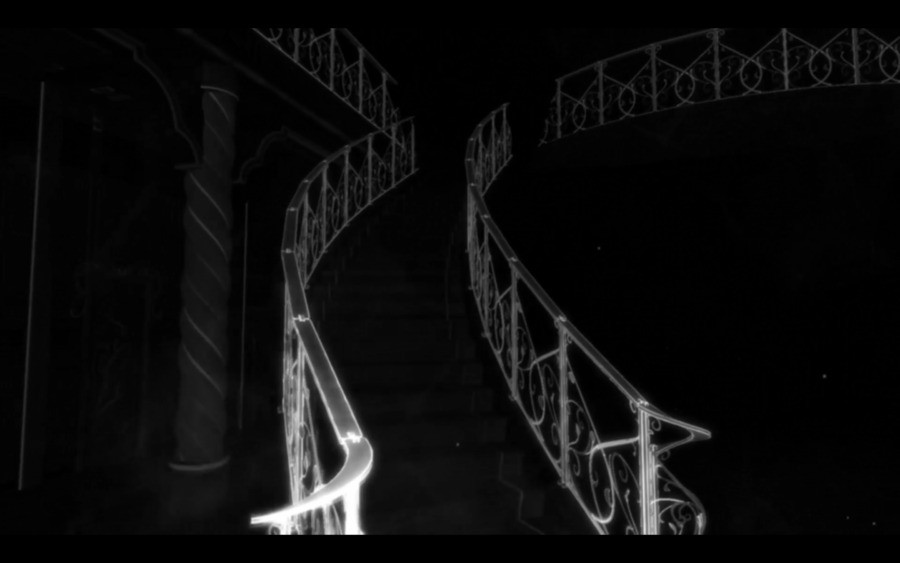
There were a pretty substantial number of games at PAX East that implemented virtual reality: some used the plethora of headsets for gimmicks, some to generate unique experiences, and some as a framing device for titles that would be less interesting if they were made in the traditional way. Italian dev Tiny Bull Studios' game Blind definitely falls under the latter category.
You play as a woman abruptly stricken with blindness for reasons that you don't immediately know. This portion of the experience was told through what would probably best be described as slides within the game, which according to CEO Matteo Lana, function more as a placeholder, so people playing aren't just unceremoniously thrown into the experience.

As we know, video games are very much heavily influenced by visuals, so how do you handle a game in which the player character is blind? Echolocation is used as a means of navigating the environment, so dropping objects or hitting things on the ground would generate sound waves which would then, in a way, outline the environment. It allowed for the game to be fully explorable, created for some very interesting visuals. Using echolocation means that the entire game – other than a couple of particular instances – is monochromatic. This allows for some really cool things to be done within the mansion where the game takes place.
While the concept seems to inherently lend itself to a horror-type experience, Lana made a point of explaining that it's more psychological and tense than traditionally "scary". He likened it more to something like a scenario from the Saw films: you wake up somewhere unexpected that feels foreign but yet familiar, and you must solve puzzles to find a way to get out.

And this brings us to the highlight of the game: the puzzles. Some clever puzzles were shown off in the 20 or so minutes that we spent with the game, and they were made all the more impressive by the context. In Lana's words: "The puzzles for the game posed a problem. How do we make them make sense if you can't actually see? It caused some level design issues. We wanted navigation in the environment to be disorienting, but not in a frustrating way, so how do we make sure the players don't lose track of key items for puzzles, and things like that?"
The key items problem was one that stuck out to us. What happens if you pick up an item, deem it unimportant, and chuck it aside? This is one area where the devs bend the rules, as key items emit particles that allow you to find your way back to them.

As far as puzzles, however, the game has some really neat things going on. There are some more traditional ones, like locating a key that opens a door or a button pressing sequence. But at the same time, there are also some really interesting ones, including one in particular which is so good we don't actually want to spoil it. Here's a hint: it involves navigating a maze of sorts using nothing but sound. It's incredible.
Given the concept of the game, sound plays a huge part in the experience. "The entire game is in first-person with no cutscenes, so it becomes a little tricky at times to clue the player in on where they need to go or look," Lana told us. "So we use sound, like crunching, the sound of your steps, and things like that to inform the player."

Another of the more interesting aspects of the game is how it counters motion sickness. You move your character forwards and backwards as you would in any game, but the turning is handled differently. As opposed to free-reign turning, a snap feature is used. Pressing the shoulder buttons allows you to incrementally turn instead. It takes some adjustment, but it seems like a sound solution to a tough problem.
After we made our way through the demo, we left completely sold on the game, both through its concept and execution – especially the puzzles – and we can't wait to get our hands on it when it releases in full on PlayStation VR, hopefully later this year.
Will you be keeping an eye on Blind, or are these kinds of games not your cup of tea? Feel your way into the comments section below.





Comments 3
This sounds like a really interesting idea. I wouldn't mind giving this a go.
This is a good example of what VR gaming can be used for. As a traditional game it might be seen as rather average but in VR it becomes something else entirely.
I'd love to try this. Can't wait to see it - or rather not see it - in action
Show Comments
Leave A Comment
Hold on there, you need to login to post a comment...